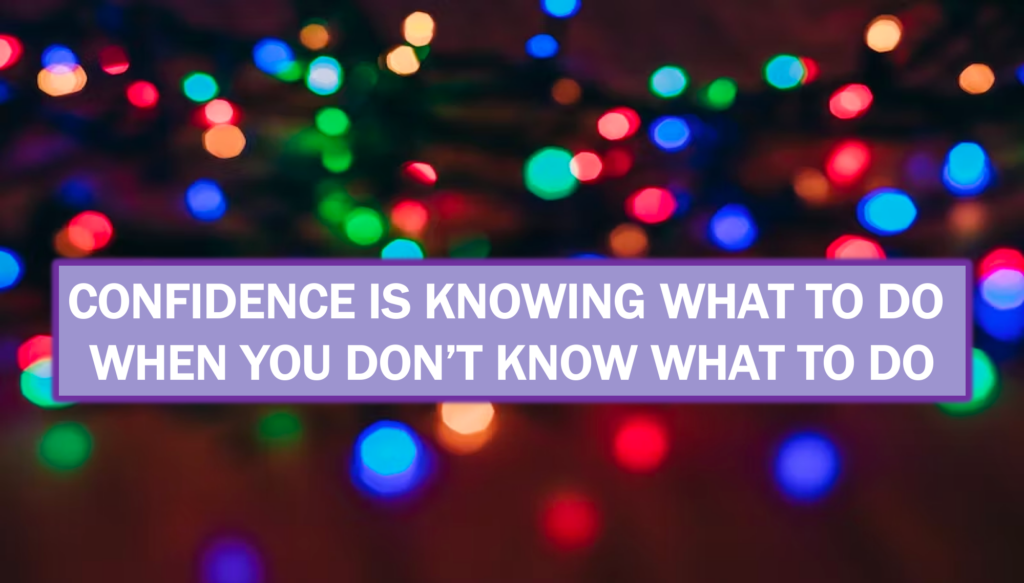
INSIGHTS (on leadership/self-leadership)
Want to lead with emotional intelligence, without sacrificing the end result? Remember this refrain:
Think like an engineer, feel like an artist.
It’s a reminder to work both sides of the coin to get things done, to be others-oriented and goal-oriented. The refrain asks you to be process-minded, a planner, have a vision and clear end-goal, but at the same time, open your heart, be empathetic to the difficulty of the journey, to the emotions of the travelers. And, of course, I realize plenty of engineers have high EQ, and plenty of artists can plan with the best of them. I’m just saying the mixture of both, is what makes leaders worth following.
IMPERFECTIONS (a mistake I made)
In younger days, I overlooked an important form of confidence – my ability to figure things out. Sure, confidence most often floods in when you can say, “I’ve got this figured out.” But, as I grew to learn, a deeper, more satisfying confidence takes hold when you say, “I know I can figure this out.”
It’s about growing that ability to know what to do, when you don’t know what to do. This includes acknowledging what you don’t know, but committing to learn. It means increasing your observational powers (by gathering/analyzing data, spotting trends and patterns, identifying and challenging assumptions not serving you well). It includes learning from past experiences, keeping an open mind, and being comfortable in uncertainty.
So, believe that you can, indeed, figure that thing out that lies ahead of you. That form of confidence, leads to the most satisfying form of accomplishment.

IMPLEMENTATION (one research-backed strategy, tip, or tool)
Believe it or not, people don’t fear change as much as they fear the transition in change. Think about it. Say you want to lose 20 pounds. The actual change, being a lighter version of yourself, isn’t the problem. It’s the transition required to get there – having to cut out pasta, stop drinking beer, exercising six times a week. Bleech.
If you’re someone who has to lead change, here’s the magic. Help those people with HOW to change. Do so, with a BEST Guide (BEST being an acronym), a one-page document, or simple presentation, or even discussion, that lays out:
Behaviors you want to see, that will help them, during the transition.
Expectations of what needs to get done/not dropped during the change.
Skills they’ll build along the way, or will need to build.
Training you’ll provide to help them get there.
Detailing the training you’ll provide is especially powerful because it forces you, as the leader of change, to have “skin in the game.” It forces you to think through what will help the employees change successfully, and to be a partner in it.




Leave a Reply